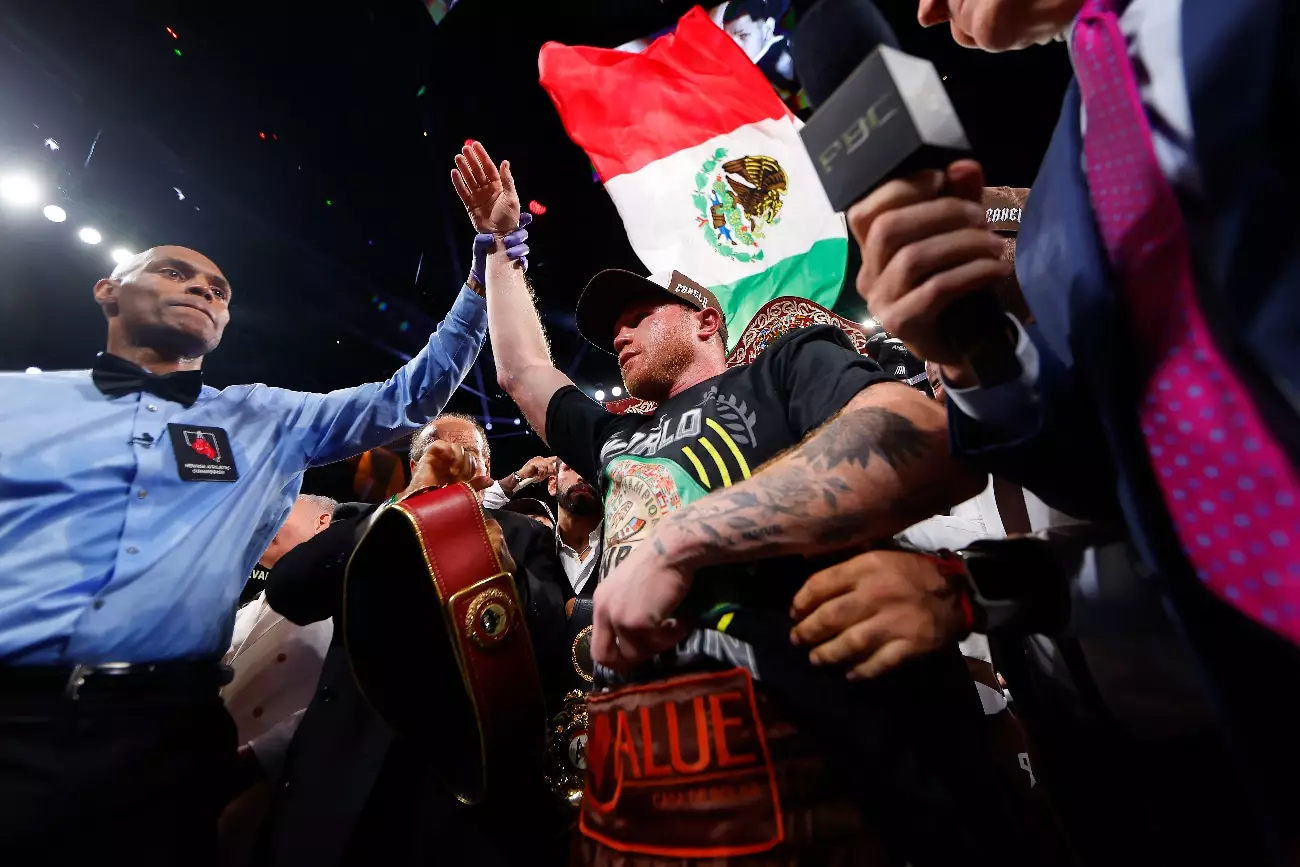The boxing world thrives on rivalries, and the potential face-off between Terence Crawford and Canelo Alvarez is one that many fans have been eagerly anticipating. This narrative gained momentum recently, especially after Crawford showcased his skills against Edgar Berlanga. However, it quickly turned into a contentious conversation when Crawford’s desire to challenge Alvarez was met with skepticism and dismissal. Canelo’s established status as a dominant force in multiple weight classes understandably makes him a tempting target for aspiring champions. Yet, weight divisions and the reality of competition cannot be overlooked in this discussion.
Recently, Crawford crafted a strategic call-out, utilizing the influence of Turki Alalshikh to garner attention on social media. Still, Canelo’s response was blunt. He reiterated the importance of weight classes, critiquing Crawford’s performance when briefly moving up from 147 to 154 pounds against Israil Madrimov, which raised eyebrows regarding Crawford’s suitability to challenge for a title at 168 pounds. This raises a critical question: Is Crawford’s ambition genuine, or is it simply a calculated move to secure a lucrative payday?
Crawford’s history—boasting an impressive undefeated record—demands respect. However, transitioning three weight classes poses a formidable challenge. While fans are excited by the prospect of two champions clashing, logical scrutiny reveals hurdles that go beyond mere desire. Crawford’s struggle against Madrimov might suggest that he lacks the physicality necessary to contend against larger opponents, potentially diluting the anticipation of a match against Canelo.
There lies a pervasive sentiment among fans that Crawford’s bold aspirations may be more about chasing a paycheck than proving his mettle. Indeed, the boxing landscape is saturated with fighters vying for lucrative fights, often mistaking Canelo’s willingness to engage as a sign of weakness. However, Canelo has demonstrated time and again that he cherry-picks opponents based on merit and current relevance rather than capricious demands. The narrative around Crawford’s intentions can be perceived as pitifully simplistic, almost like a call for salvation rather than a genuine challenge.
Moreover, if Crawford seeks to position himself as a contender, he must contend not only with Canelo but also with a host of skilled fighters from 154 to 168 pounds, including Jaron ‘Boots’ Ennis and Vergil Ortiz. This reality leads to the query: Why not pursue these fighters first? Engaging with this group would not only enhance Crawford’s legacy but might even serve as a more indicative measure of his capability at heavier weights.
In the end, the narrative of Terence Crawford’s call-out of Canelo Alvarez transcends simple rivalry; it’s a reflection of the current state of professional boxing. Will Crawford dig deep and earn his shot against the elite fighters of his division, thus proving his worthiness? Or will he remain a figure merely echoing his ambitions without the requisite groundwork? Fans deserve a true contest grounded in meritocracy, where ambition translates into action, rather than hollow proclamations aimed solely at chasing financial windfalls. The boxing realm has more to offer than mere spectacle, and the real challenge lies in proving oneself against worthy opponents, not demanding fights from the giants without genuine effort.

